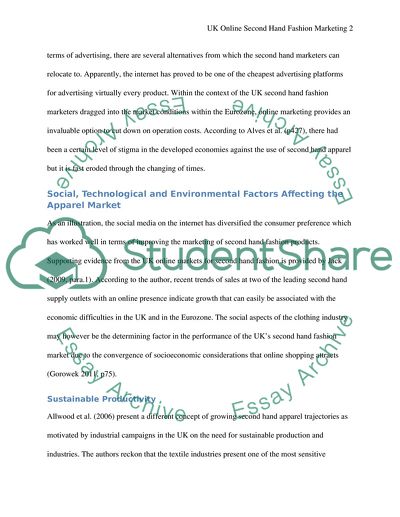Cite this document
(“Not Found (#404) - StudentShare”, n.d.)
Not Found (#404) - StudentShare. Retrieved from https://studentshare.org/marketing/1764878-an-exploration-into-online-exchanging-platforms-for-second-hand-clothes-in-the-uk-fashion-industry
Not Found (#404) - StudentShare. Retrieved from https://studentshare.org/marketing/1764878-an-exploration-into-online-exchanging-platforms-for-second-hand-clothes-in-the-uk-fashion-industry
(Not Found (#404) - StudentShare)
Not Found (#404) - StudentShare. https://studentshare.org/marketing/1764878-an-exploration-into-online-exchanging-platforms-for-second-hand-clothes-in-the-uk-fashion-industry.
Not Found (#404) - StudentShare. https://studentshare.org/marketing/1764878-an-exploration-into-online-exchanging-platforms-for-second-hand-clothes-in-the-uk-fashion-industry.
“Not Found (#404) - StudentShare”, n.d. https://studentshare.org/marketing/1764878-an-exploration-into-online-exchanging-platforms-for-second-hand-clothes-in-the-uk-fashion-industry.


